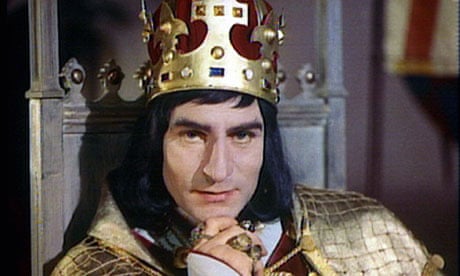The British Monarchy’s long-held narrative about King Richard III is crumbling under the weight of new evidence that suggests a cover-up of epic proportions. For centuries, Richard has been vilified as a ruthless usurper, but groundbreaking research reveals a different story—one that implicates the Tudor dynasty in a historical deception designed to erase the truth.

The saga begins in 1483 with the unexpected death of King Edward IV, leaving his young son Edward V and his brother Richard, Duke of York, vulnerable to the political machinations of their uncle, Richard, Duke of Gloucester. Richard seized power, declaring the boys illegitimate through a controversial act known as the Titulus Regius, which allowed him to ascend the throne as Richard III. The boys vanished from history soon after, sparking rumors of their murder at the hands of their uncle.
However, recent discoveries challenge this narrative. Historians like Philipa Langley, who unearthed Richard III’s remains under a car park in Leicester, have now turned their attention to the fate of the lost princes. Their research has uncovered documents suggesting that Edward V was alive in Europe as late as 1487, raising the possibility that he was being supported by his aunt, Margaret of Burgundy, in a bid to reclaim his throne. This revelation contradicts the Tudor version of history that painted Richard as a monster and Henry Tudor as the heroic savior.

Furthermore, new evidence points to the existence of a first-person account that claims Richard, Duke of York, was secretly rescued from the Tower of London by loyalists to Richard III, contradicting the narrative that he was murdered. This account, along with a series of official documents showing that the princes may have survived and sought to reclaim their birthright, paints a radically different picture of the events that transpired after the boys’ disappearance.
The British monarchy, however, remains tight-lipped. Requests for DNA testing on the remains of the two children buried in Westminster Abbey—believed to be the lost princes—have been met with firm refusals, raising suspicions of a modern-day cover-up. Critics argue that the monarchy is echoing the Tudor dynasty’s efforts to control the narrative, fearing what the truth might reveal about their own legitimacy.

As historians and researchers continue to dig through European archives, the implications of these findings could rewrite one of the most infamous chapters in British history. The evidence suggests that Richard III may not have been the villain he was made out to be, and that the Tudor dynasty may have fabricated a narrative to secure their reign. The question looms large: what else is being hidden, and why is the monarchy so afraid of the truth? The quest for answers continues, and history may yet reveal a different story.





